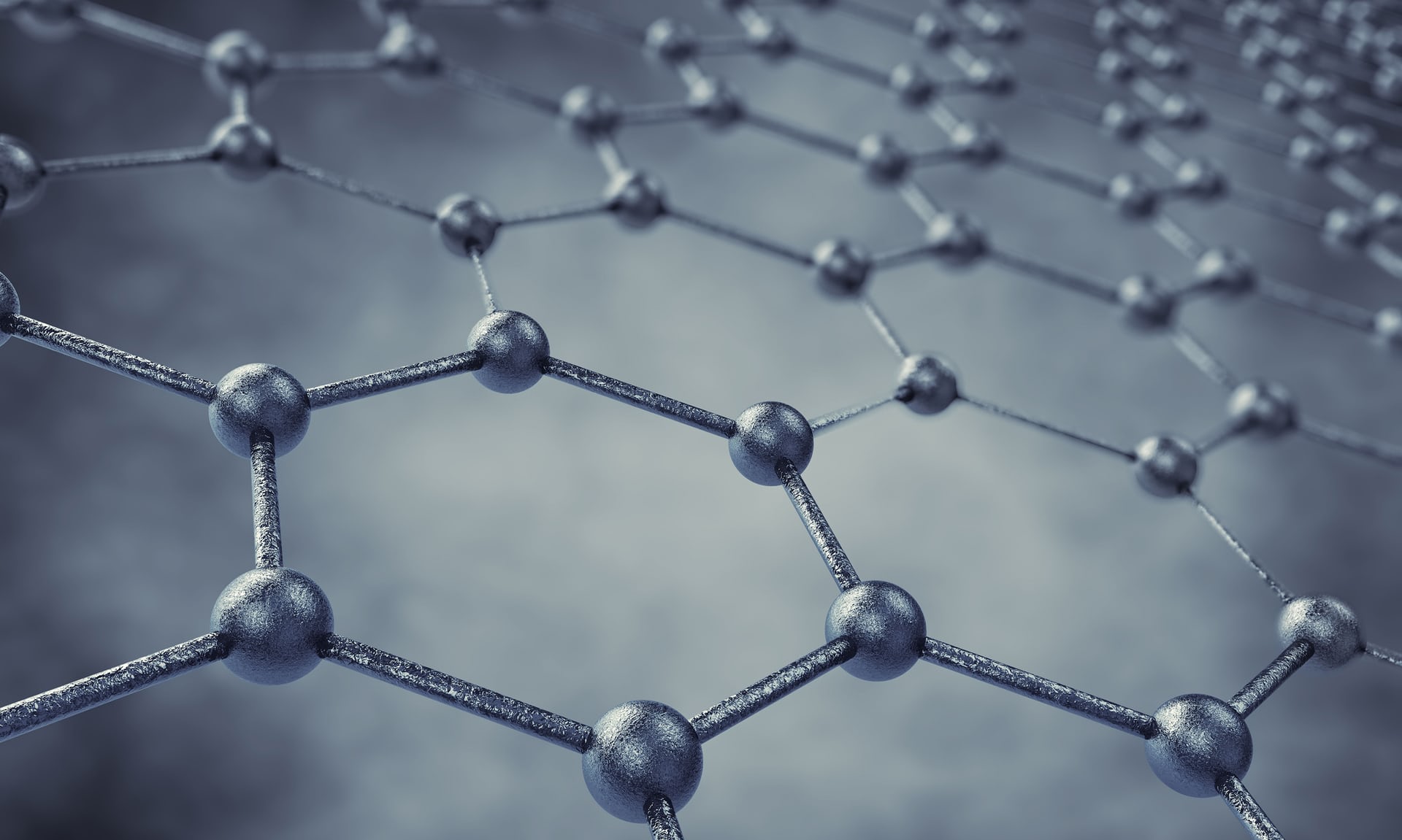As the growing demand from Australia’s infrastructure sector pushes up the cost of base materials such as concrete and steel nationwide, scientists may have found a way to develop concrete that is cheaper, stronger and more environmentally-friendly.
UK scientists from the University of Exeter have pioneered a new technique that incorporates graphene into traditional concrete production.
Related to graphite, graphene is an allotrope of the element carbon and is a mere one atom thick. Adding graphene – the “supermaterial” form of carbon – could double the strength of concrete and quadruple its water-resistance.
Despite its small size, graphene is one of the strongest materials in the known universe, with a tensile strength of 130 GPa (gigapascals), making it more than 100 times stronger than steel.
Related reading: Australian Bricklaying Robot Could Build 30 Million New Homes Globally

Related reading: Sydney Housing Market Has Slowed: Here’s How the Construction Pipeline Has Responded
The research team insist the new technique could pave the way for other nanomaterials to be incorporated into concrete and further modernise the construction industry worldwide by drastically reducing the carbon footprint of conventional concrete production methods, making it more sustainable and environmentally friendly.
Co-author of the paper and professor of engineering Monica Craciun says the composite material could be an “absolute game-changer” for the construction industry.
“Not only is it stronger and more durable, but it is also more resistant to water, making it uniquely suitable for construction in areas which require maintenance work and are difficult to be accessed.
“Yet perhaps more importantly, by including graphene we can reduce the amount of materials required to make concrete by around 50 per cent – leading to a significant reduction of 446 kilograms per tonne of the carbon emissions.
“This unprecedented range of functionalities and properties uncovered are an important step in encouraging a more sustainable, environmentally-friendly construction industry worldwide.”
Previous work on using nanotechnology has concentrated on modifying existing components of cement, one of the main elements of concrete production.
The paper, Ultrahigh Performance nanoengineered Graphene-Concrete Composites for Multifunctional Applications, is published in the journal Advanced Functional Materials.














